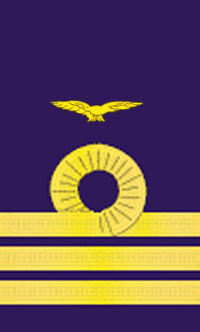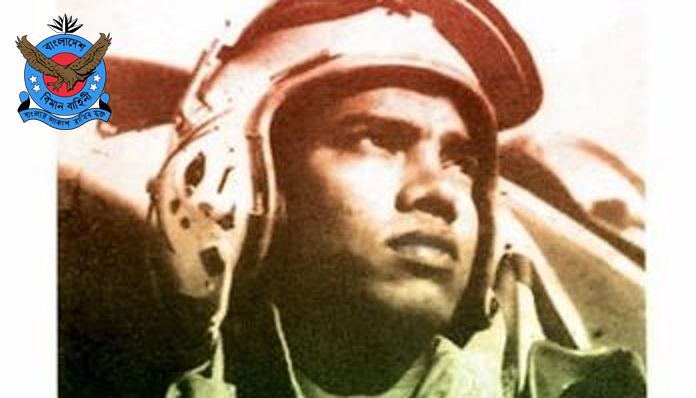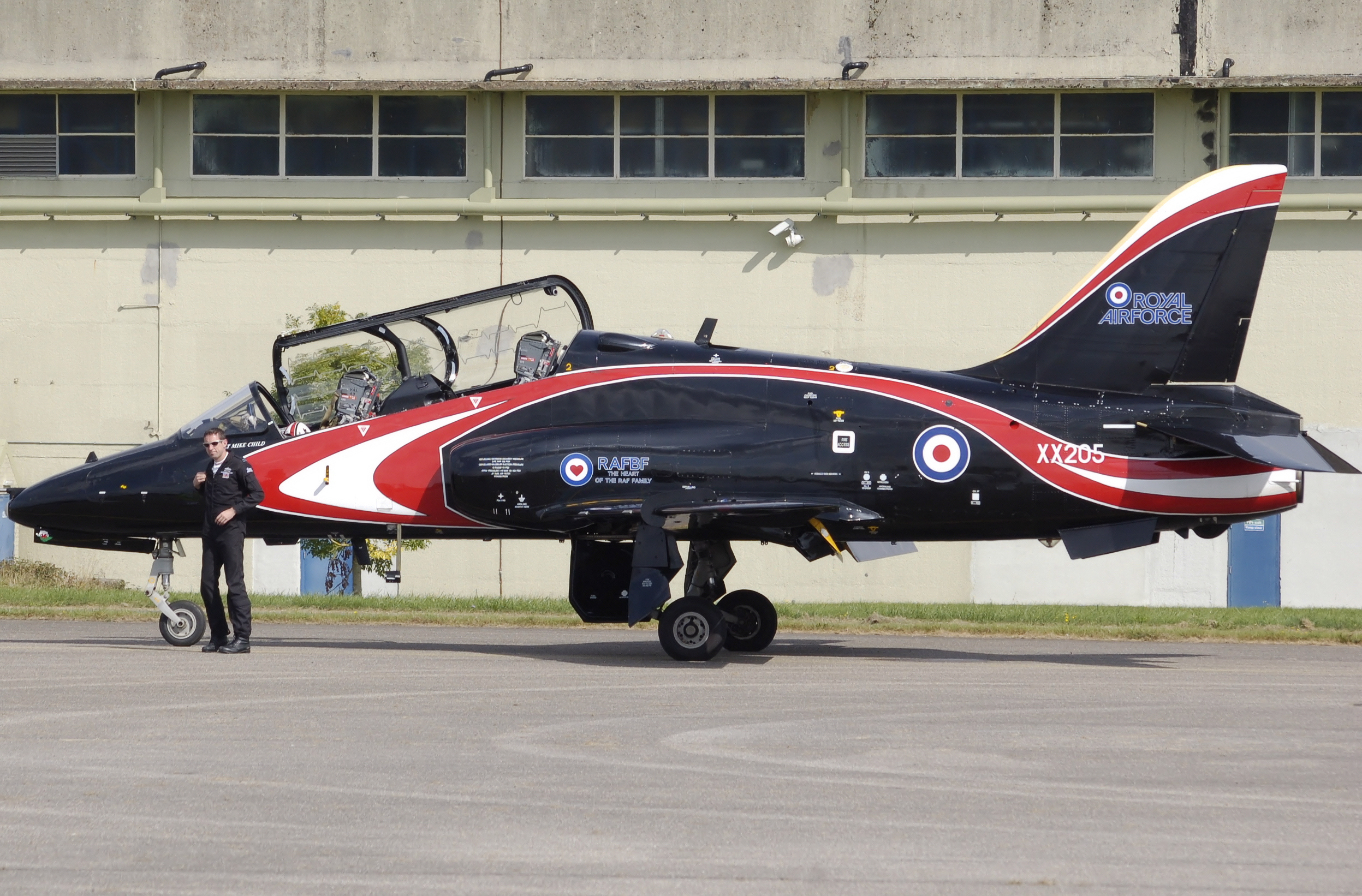|
Glenn Torpy
Air Chief Marshal Sir Glenn Lester Torpy, (born 27 July 1953) is a retired senior Royal Air Force (RAF) commander. He was a fast jet pilot in the late 1970s and 1980s, saw active service during the Gulf War and then went on to higher command. He was the air component commander on Operation Telic (British operations in Iraq) and served as Chief of the Air Staff, the professional head of the RAF, from 2006 to 2009. In that role Torpy hosted the RAF's biggest air display in two decades, and argued for consolidation of all British air power in the hands of the RAF. Early life The son of Gordon Torpy and Susan Torpy (née Lindsey),''Who's Who 2010'', A & C Black, 2010, Torpy obtained a BSc degree in aeronautical engineering from Imperial College London. Military career Torpy joined the Royal Air Force as a pilot officer on 8 September 1974, and spent his early career, after he left the RAF College Cranwell, undertaking flying duties in Jaguar aircraft before qualifying as a weapons ... [...More Info...] [...Related Items...] OR: [Wikipedia] [Google] [Baidu] |
Ely, Cambridgeshire
Ely ( ) is a cathedral city in the East Cambridgeshire district of Cambridgeshire, England, about north-northeast of Cambridge and from London. Ely is built on a Kimmeridge Clay island which, at , is the highest land in the Fens. It was due to this topography that Ely was not waterlogged like the surrounding Fenland, and was an island separated from the mainland. Major rivers including the River Witham, Witham, River Welland, Welland, River Nene, Nene and River Great Ouse, Great Ouse feed into the Fens and, until draining commenced in the eighteenth century, formed freshwater marshes and Mere (lake), meres within which peat was laid down. Once the Fens were drained, this peat created a rich and fertile soil ideal for farming. The River Great Ouse was a significant means of transport until the Fens were drained and Ely ceased to be an island in the seventeenth century. The river is now a popular boating spot, and has a large marina. Although now surrounded by land, the city ... [...More Info...] [...Related Items...] OR: [Wikipedia] [Google] [Baidu] |
Pilot Officer
Pilot officer (Plt Off officially in the RAF; in the RAAF and RNZAF; formerly P/O in all services, and still often used in the RAF) is the lowest commissioned rank in the Royal Air Force and the air forces of many other Commonwealth countries. It ranks immediately below flying officer. It has a NATO ranking code of OF-1 and is equivalent to a second lieutenant in the British Army or the Royal Marines. The Royal Navy has no exact equivalent rank, and a pilot officer is senior to a Royal Navy midshipman and junior to a Royal Navy sub-lieutenant. In the Australian Armed Forces, the rank of pilot officer is equivalent to acting sub lieutenant in the Royal Australian Navy. The equivalent rank in the Women's Auxiliary Air Force (WAAF) was "assistant section officer". Origins In the Royal Flying Corps, officers were designated pilot officers at the end of pilot training. As they retained their commissions in their customary ranks (usually second lieutenant or lieutenant), and ... [...More Info...] [...Related Items...] OR: [Wikipedia] [Google] [Baidu] |
Group Captain
Group captain is a senior commissioned rank in the Royal Air Force, where it originated, as well as the air forces of many countries that have historical British influence. It is sometimes used as the English translation of an equivalent rank in countries which have a non-British air force-specific rank structure. Group captain has a NATO rank code of OF-5, meaning that it ranks above wing commander and immediately below air commodore, and is the equivalent of the rank of captain in the navy and of the rank of colonel in other services. It is usually abbreviated Gp Capt. In some air forces (such as the RAF, IAF and PAF), the abbreviation GPCAPT is used; in others (such as the RAAF and RNZAF), and in many historical contexts, the abbreviation G/C is used. The full phrase “group captain” is always used; the rank is never abbreviated to "captain". RAF usage ;History On 1 April 1918, the newly created RAF adopted its officer rank titles from the British Army, with Royal ... [...More Info...] [...Related Items...] OR: [Wikipedia] [Google] [Baidu] |
RAF Strike Command
The Royal Air Force's Strike Command was the military formation which controlled the majority of the United Kingdom's bomber and fighter aircraft from 1968 until 2007 when it merged with Personnel and Training Command to form the single Air Command. It latterly consisted of two formations – No. 1 Group RAF and No. 2 Group RAF. The last Commander-in-Chief was Air Chief Marshal Sir Joe French. History Strike Command was formed on 30 April 1968 by the merger of Bomber Command and Fighter Command,RAF Timeline 1960–1968 RAF which became No. 1 Group and No. 11 Group respectively. [...More Info...] [...Related Items...] OR: [Wikipedia] [Google] [Baidu] |
Wing Commander (rank)
Wing commander (Wg Cdr in the RAF, the IAF, and the PAF, WGCDR in the RNZAF and RAAF, formerly sometimes W/C in all services) is a senior commissioned rank in the British Royal Air Force and air forces of many countries which have historical British influence, including many Commonwealth countries but not including Canada (since Unification) and South Africa. It is sometimes used as the English translation of an equivalent rank in countries which have a non-English air force-specific rank structure. It ranks immediately above squadron leader and immediately below group captain. It has a NATO ranking code of OF-4. It is equivalent to commander in the Royal and United States Navies, as well as to lieutenant colonel in the British Army, the Royal Marines, and the United States Army, Air Force and Marine Corps. The equivalent rank in the Women's Auxiliary Air Force and the Women's Royal Air Force (until 1968) and in Princess Mary's Royal Air Force Nursing Service (until 1980) ... [...More Info...] [...Related Items...] OR: [Wikipedia] [Google] [Baidu] |
Panavia Tornado
The Panavia Tornado is a family of twin-engine, variable-sweep wing multirole combat aircraft, jointly developed and manufactured by Italy, the United Kingdom and West Germany. There are three primary Tornado variants: the Tornado IDS (interdictor/strike) fighter-bomber, the suppression of enemy air defences Tornado ECR (electronic combat/reconnaissance) and the Tornado ADV (air defence variant) interceptor aircraft. The Tornado was developed and built by Panavia Aircraft GmbH, a tri-national consortium consisting of British Aerospace (previously British Aircraft Corporation), MBB of West Germany, and Aeritalia of Italy. It first flew on 14 August 1974 and was introduced into service in 1979–1980. Due to its multirole design, it was able to replace several different fleets of aircraft in the adopting air forces. The Royal Saudi Air Force (RSAF) became the only export operator of the Tornado in addition to the three original partner nations. A tri-nation training and ev ... [...More Info...] [...Related Items...] OR: [Wikipedia] [Google] [Baidu] |
Squadron Leader
Squadron leader (Sqn Ldr in the RAF ; SQNLDR in the RAAF and RNZAF; formerly sometimes S/L in all services) is a commissioned rank in the Royal Air Force and the air forces of many countries which have historical British influence. It is also sometimes used as the English translation of an equivalent rank in countries which have a non-English air force-specific rank structure. An air force squadron leader ranks above flight lieutenant and immediately below wing commander and it is the most junior of the senior officer ranks. The air force rank of squadron leader has a NATO ranking code of OF-3, equivalent to a lieutenant-commander in the Royal Navy or a major in the British Army or the Royal Marines. The equivalent rank in the Women's Auxiliary Air Force, Women's Royal Air Force (until 1968) and Princess Mary's Royal Air Force Nursing Service (until 1980) was "squadron officer". Squadron leader has also been used as a cavalry command appointment (UK) and rank (France) since ... [...More Info...] [...Related Items...] OR: [Wikipedia] [Google] [Baidu] |
Flight Lieutenant
Flight lieutenant is a junior commissioned rank in air forces that use the Royal Air Force (RAF) system of ranks, especially in Commonwealth countries. It has a NATO rank code of OF-2. Flight lieutenant is abbreviated as Flt Lt in the Indian Air Force (IAF) and RAF, and as FLTLT in the Pakistan Air Force (PAF), Royal Australian Air Force (RAAF) and Royal New Zealand Air Force (RNZAF) and has sometimes also been abbreviated as F/L in many services; it has never been correctly abbreviated as "lieutenant". A flight lieutenant ranks above flying officer and below a squadron leader and is sometimes used as an English language translation of a similar rank in non-English-speaking countries. The rank originated in the Royal Naval Air Service (RNAS) in 1914. It fell into abeyance when the RNAS merged with the Royal Flying Corps during the First World War but was revived in 1919 in the post-war RAF. An RAF flight lieutenant is the equivalent of a lieutenant in th ... [...More Info...] [...Related Items...] OR: [Wikipedia] [Google] [Baidu] |
Hawker-Siddeley Hawk
The BAE Systems Hawk is a British single-engine, jet-powered advanced trainer aircraft. It was first flown at Dunsfold, Surrey, in 1974 as the Hawker Siddeley Hawk, and subsequently produced by its successor companies, British Aerospace and BAE Systems. It has been used in a training capacity and as a low-cost combat aircraft. Operators of the Hawk include the Royal Air Force (notably the Red Arrows display team) and several foreign military operators. The Hawk is still in production in the UK and under licence in India by Hindustan Aeronautics Limited (HAL), with over 900 Hawks sold to 18 operators around the world. Development Origins In 1964, the Royal Air Force specified a requirement (Air Staff Target, AST, 362) for a new fast jet trainer to replace the Folland Gnat. The SEPECAT Jaguar was originally intended for this role, but it was soon realised that it would be too complex an aircraft for fast jet training and only a small number of two-seat versions were purchas ... [...More Info...] [...Related Items...] OR: [Wikipedia] [Google] [Baidu] |



.jpg)


